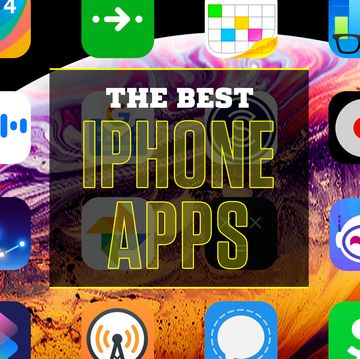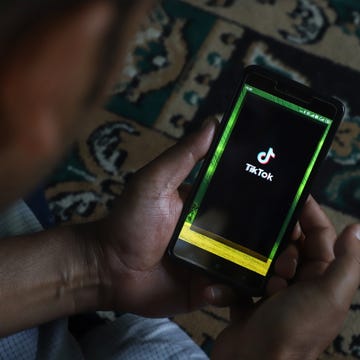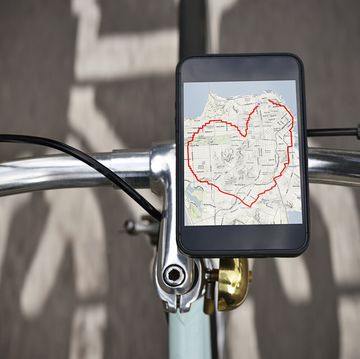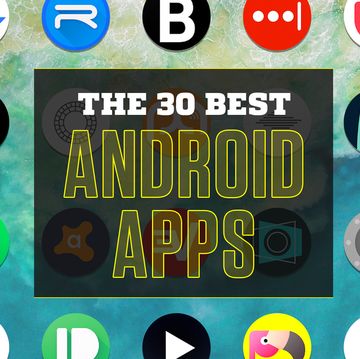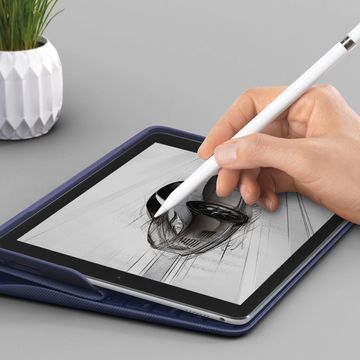Way back when, you needed a dedicated cycling computer to track your pedaling. Now all you need is a smartphone (and maybe a handlebar mount). Cycling apps abound that can measure distance, speed, elevation, and track your route on a map. Most of them also have some kind of social tie-in, for comparing (or competing) with your friends.
Unlike bike computers—which count rotations of the pedals or the wheels to track mileage, and require calibration—smartphone apps rely on GPS, making them a whole lot easier to set up. Just download the app and you're basically ready. They do, however, require mounts if you want to watch your stats as you bike. And phones tend to have bad battery life, especially when using GPS and turn-by-turn navigation. Plus, they're not so great at withstanding the elements.
Still, for someone like me, who carries a phone while cycling anyway, these apps are the way to go. While biking on the two-lane county roads near the border of Iowa and Minnesota recently, I tested four of the most popular apps.
Most Competitive: Strava (iOS and Android)
Strava presents a clean, straightforward interface both while riding and after. It's easy to browse rides, which the app displays as maps with names, distances, and dates. On each, there's a trophy icon that indicates you've competed against anyone else who's tracked the same route on the app and lets you see how you stack up. I find that information pretty superfluous, but Strava users love it: They race each other virtually to achieve king-of-the-mountain status.
Most Crowdsourced: MapMyRide (iOS and Android)
With its clunky, often ad-cluttered interface, MapMyRide sells itself not on usability but on information. The app pulls from a database of more than 70 million routes sorted by proximity to you. It can sort them by distance, elevation, and other metrics if you pay $5.99 a month or $29.99 a year for an "MVP" membership.
Most Customizable: Cyclemeter (iOS only)
Cyclemeter is about cold, hard numbers. There's no logging in to compete with friends or post routes. There are just stats, and lots of them: moving time, stopped time, average speed, fastest speed, elevation gain, estimated calories, and mile markers on each route map. The downside is that it's easy to get lost in the data, and the app is a touch buggy; it sometimes has buttons that do nothing when touched.
Most Basic: My Tracks (Android only)
Google's simple design comes through in this app, with its Google maps and clean line graphs. It provides less data than the other apps, but that makes the info it does collect—distance, total time and moving time, average speed, max speed—easier to take in. The coolest feature is exporting a ride to Google Earth so you can watch your travels retrospectively and from above.

Rachel Z. Arndt is the author of the essay collection Beyond Measure. Her writing has appeared in Quartz, The Believer, Fast Company, and elsewhere. She lives in Chicago.


